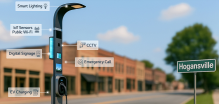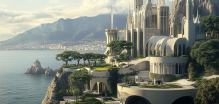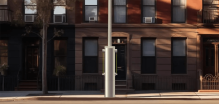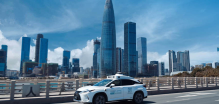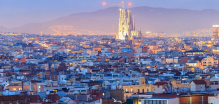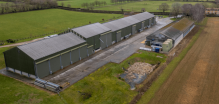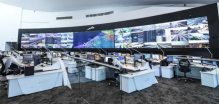Telosa, a sustainable metropolis, will be developed ground up in the American desert. The proposed 150,000-acre of land will accommodate eco-friendly architecture, sustainable energy production and a ‘drought-resistant’ water system. A ‘15-minute city design’ will let residents access their workplaces, schools and amenities within a quarter-hour commute of their homes.
Possible targets include Nevada, Utah, Idaho, Arizona, Texas and the Appalachian region, according to the project's official website.
During the announcement, Bjarke Ingels Group (BIG), the architecture firm hired for the project, showcased images of residential buildings covered with greenery and imagined residents enjoying abundant open space with only autonomous plying the streets. Fossil-fuel-powered vehicles would be banned from entering the city.
Another image depicted a proposed skyscraper, dubbed Equitism Tower, which is described as "a beacon for the city." The building features elevated water storage, aeroponic farms and an energy-producing photovoltaic roof that allow it to "share and distribute all it produces."
The first phase of construction, which would accommodate 50,000 residents across 1,500 acres, comes with an estimated cost of $25 billion. The whole project would be expected to exceed $400 billion, with the city reaching its target population of 5 million within 40 years.
Project organizers expect funding to come from private investors, philanthropists, federal and state grants, and economic development subsidies. Planners hope to approach state officials "very soon," to welcome the first residents by 2030.
Besides the urban design, the project also proposes transparent governance and calls it a "new model for society."
